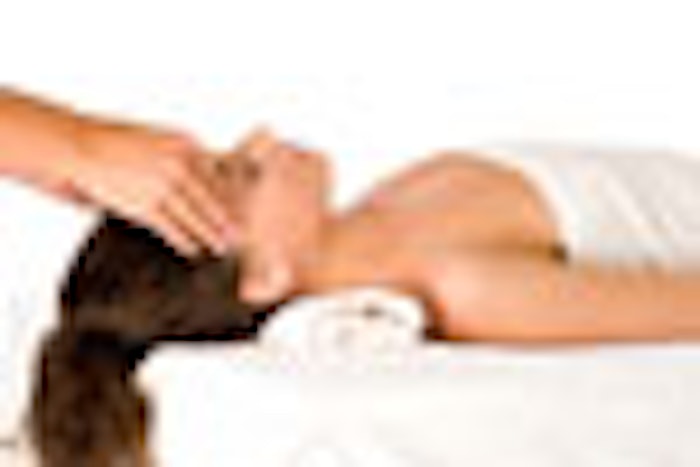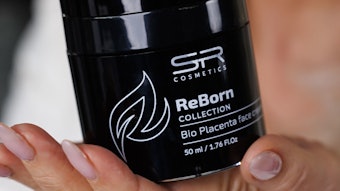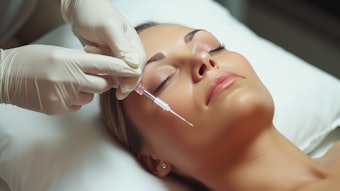
The newly released ISPA 2011 U.S. Spa Industry Study reveals an increase in spa visits, revenue and the total number of employees to indicate that the spa industry is recovering from the impact of the recession. The five major categories of measurement further explored in the study include: revenue, visits, locations, employment and square footage. Compared to the results from the 2010 Industry Study, the data shows that the spa industry is growing at a moderate pace as the recovery from the economic recession begins to move forward.
“The ISPA 2011 U.S. Spa Industry Study takes an in-depth look at how spas managed the recession, as well as providing information on the types of treatments offered, a breakdown by spa type and marketing tactics employed by spas,” said ISPA President Lynne McNees. “We’re excited to report positive growth in the data and look forward to sharing the information with spa professionals to help them strengthen their business.”
The study, which has been conducted in cooperation with PricewaterhouseCoopers since 2000, provides insights into the industry during 2010 and the beginning of 2011. In addition to investigating the five major indicators the study takes an in-depth look at six other categories affecting the industry.
Industry size and impact of the recession
Many spas remain cautiously optimistic as they continue on the road to recovery. As the fourth largest leisure industry, the spa industry experienced a pick-up in demand with a majority of spas reporting increased visits and revenue. Spas were also more likely to hire staff members with an overall two percent increase in employment. Online services were employed to help increase revenue. Almost all spas (95%) use their own Web site to motivate consumers. Social media is a popular way to promote offerings amongst 81% of spas. Online reviews and directories were also popular with over 50% of spas utilizing them.
Spa industry profile
The composition of spa types remained similar to the previous year. Day spas comprise a significant majority of establishments (79%); resort/hotel spas comprise the second largest segment (9%), with medical spas a close third (8.7%). Other spa types include Club, Mineral Springs and Destination spas. The Northeast maintains the largest portion of spas with 25% while the Southwest region holds 23% of spas. The vast majority of spas, 74%, are single location operations (i.e. not affiliated with a franchise or corporate headquarters).
Facilities
On average, spas have 7.5 treatment rooms. In addition to treatment rooms almost all spas contain a retail space (93%) and 54% have a relaxation area. A large element of many spas are salon service stations, of the 70% of spas that have stations, manicure and pedicure stations are the most popular at 60% respectively.
Services and products
In 2010, spas received 150 million client visits. While massage remains the No. 1 treatment received by spa-goers, skin care services are more readily available at spa locations. The study shows that skin care services were the most offered type of service with 94% of spas offering them. Following skin care, massage services were widely offered by 88% of spa facilities, body services (80%), salon services (66%) and complimentary or alternative therapies (30%) rounded out the top five service offerings.
Composition of revenue
The four main treatment revenue categories in the spa industry account for 79% of total spa revenue and include: massage and bodywork, skin care treatments, hair and nails. There were an average of 8,704 treatments and services per spa provided within the four categories. Retail accounts for 11% of total spa revenues with skin care products accounting for a majority of spending by spa-goers.
People
Spas offer a wide variety of packages to help customize the treatment experience. Six in 10 spas offer packages to wedding parties while 47% have experiences for couples, 45% have packages specifically for men and pregnancy programs. The next generation of spa-goers are flocking to the spa and 30% of spas offer packages just for teens. In an effort to educate consumers on the benefits of a spa lifestyle and boost their profile, spas are making efforts to connect with their local community. Eighty five percent are donating products and services, 69% are holding events at their facility and 62% participate in charity benefits.
Research is a vital component to business success, and ISPA continues to provide complimentary industry research to its members. The full study is available for members of the association as a digital download. The study is also available for purchase online at experienceispa.com.










